Imagine plunging into a world so deep and shadowy that sunlight barely touches its secrets. In this silent underwater realm, far below the familiar splash of tropical reefs, scientists have uncovered something truly astonishing: the deepest coral reef ever found. This discovery rewrites what we thought we knew about where life can thrive. It challenges our expectations, stirs our imaginations, and opens a window into a breathtaking, hidden ecosystem that few humans have ever glimpsed. What extraordinary creatures dwell in these mysterious depths—and how did they adapt to such an extreme world?
Unearthing a Record-Breaking Reef
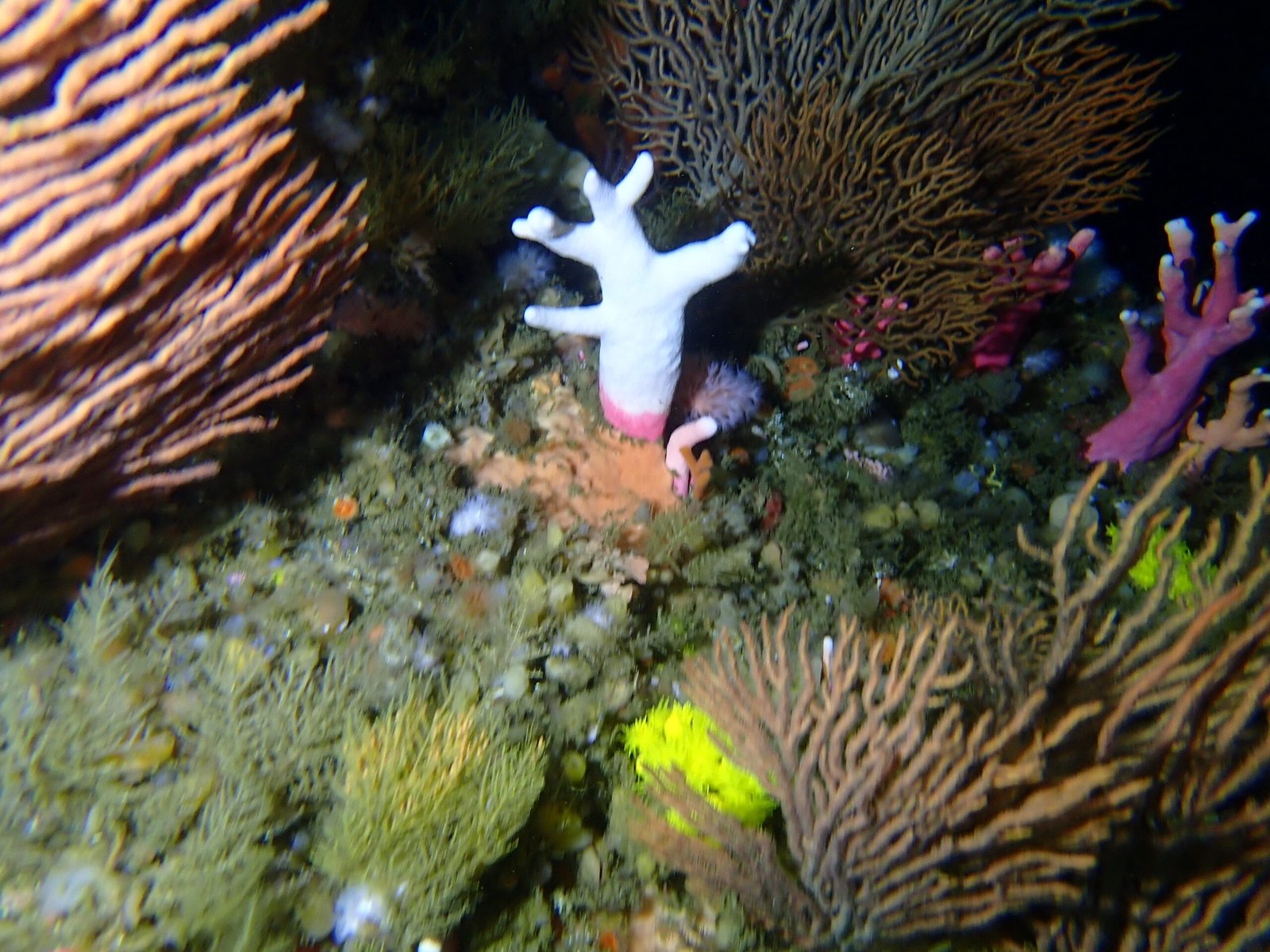
The moment scientists realized they had found the deepest coral reef ever discovered was one of disbelief and excitement. This reef, lying deep beneath the ocean’s surface, stretches down to at least 410 feet (125 meters). That’s more than twice as deep as many classic shallow-water reefs. Researchers had long suspected that coral life might exist at such depths, but concrete evidence remained elusive until modern technology enabled them to explore further. The discovery was not just a stroke of luck; it was the result of years of painstaking exploration, mapping, and daring dives into the unknown. Such a find reminds us that the ocean still holds many secrets, waiting to be revealed.
The Twilight Zone: A World Apart
This hidden coral ecosystem lives in what scientists call the “mesophotic” or “twilight” zone. Sunlight here is faint and blue, casting the reef in an eerie, beautiful glow. Most plants and corals struggle to survive in such weak light, but the inhabitants of this reef have found remarkable ways to adapt. Temperatures are cooler, currents can be strong, and food is scarcer than in sunny shallows. Every inch of this environment is a test of resilience and ingenuity, making it one of the most challenging and unique places for life to exist in the ocean.
Corals That Defy the Odds
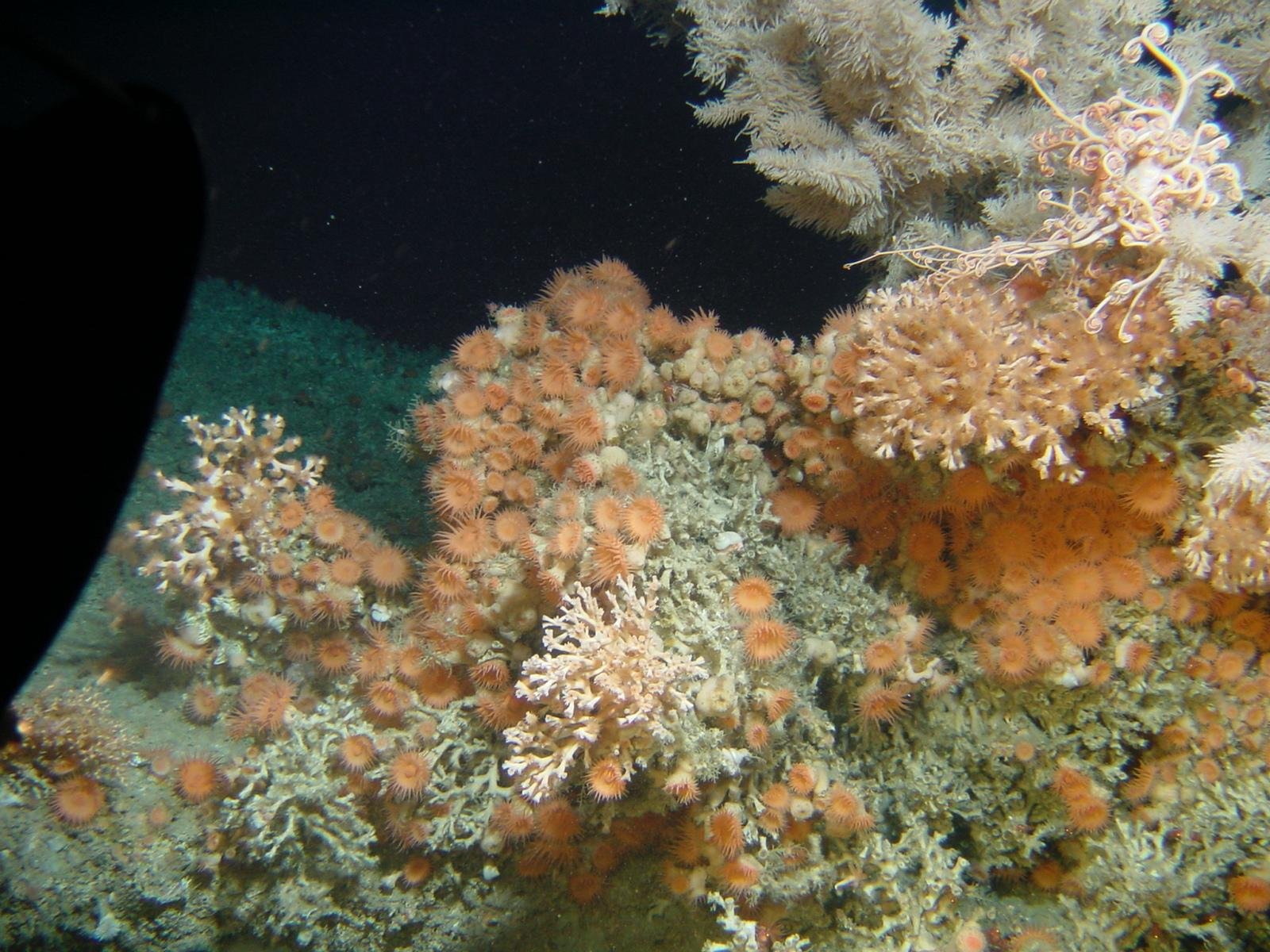
The corals found at these depths are nothing like their shallow-water cousins. Instead of bright, waving colonies, these deep-dwelling corals often grow in intricate, slow-motion patterns, conserving energy and maximizing their tiny share of sunlight. Some have developed special pigments to capture the faintest rays, while others rely on unique relationships with deep-sea algae. Their shapes can be bizarre—branching like dark antlers or spreading like ghostly blankets across the seafloor. These adaptations are a testament to evolution’s creativity, and they offer clues about how life might survive in other extreme environments, even beyond our planet.
Life in the Shadows: Unseen Creatures
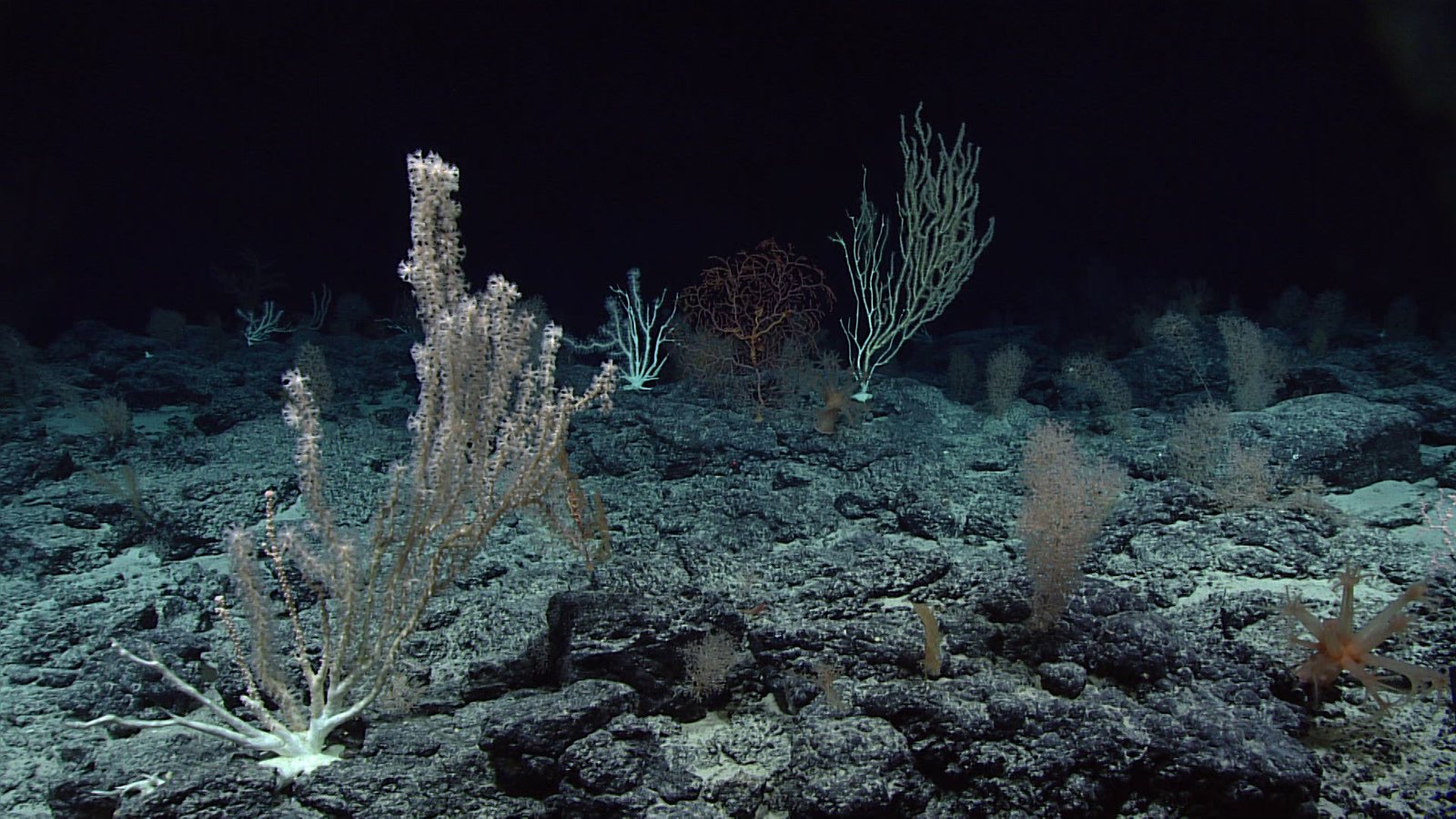
Beneath the surface, this deep reef teems with life that is both familiar and utterly alien. Delicate fish with elongated fins glide silently between coral branches, their colors muted for camouflage in the twilight. Crustaceans scuttle in the shadows, and tiny invertebrates drift on the currents. Scientists have even spotted rare and new species here, living so far from light that they seem like creatures from another world. Some of these animals use bioluminescence to communicate or hunt, sending flashes of light through the darkness. Each discovery adds a new piece to the puzzle of deep-sea biodiversity.
How Scientists Explored the Depths
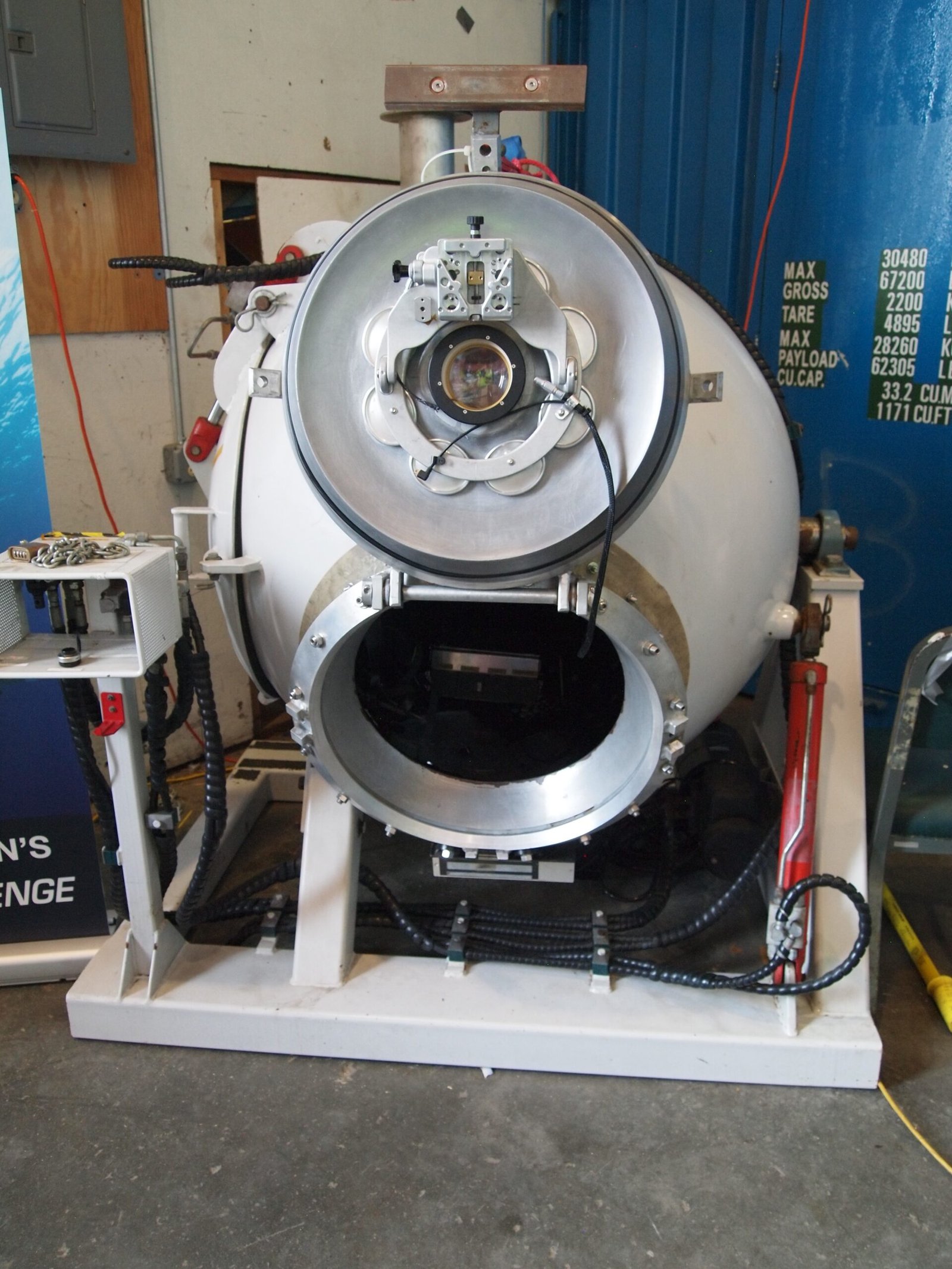
Reaching these hidden reefs required more than just curiosity—it demanded cutting-edge technology and daring. Researchers used submersibles, remotely operated vehicles (ROVs), and advanced diving gear to descend safely to these crushing depths. Each expedition was filled with risks: unpredictable currents, equipment challenges, and the ever-present pressure of the deep. But the rewards were worth it. High-definition cameras and robotic arms collected samples and captured images, bringing back a treasure trove of new knowledge. These missions have transformed our understanding of where reefs can exist and how they function.
What Makes This Reef So Special?
Unlike tropical reefs that are often crowded with tourists and fishers, the deepest coral reef remains untouched by most human activities. Its isolation has allowed rare and ancient coral species to persist, some of which have not changed much for thousands of years. This makes the reef a living time capsule—a place where scientists can study evolution and adaptation in real-time. Its unique location also means it could serve as a refuge for species threatened by warming waters and coral bleaching in shallower regions.
The Role of Light in Shaping Life
Light is the lifeblood of most coral reefs, but in the twilight zone, it becomes a scarce and precious resource. Here, only certain wavelengths penetrate, mostly blue, altering the way photosynthesis works. Many corals have adapted by hosting special algae that can photosynthesize with minimal light. Some animals have evolved larger eyes or reflective scales to make the most of every photon. This delicate dance between light and life dictates who can survive and thrive in these depths, creating a community unlike any other on Earth.
Why These Deep Reefs Matter
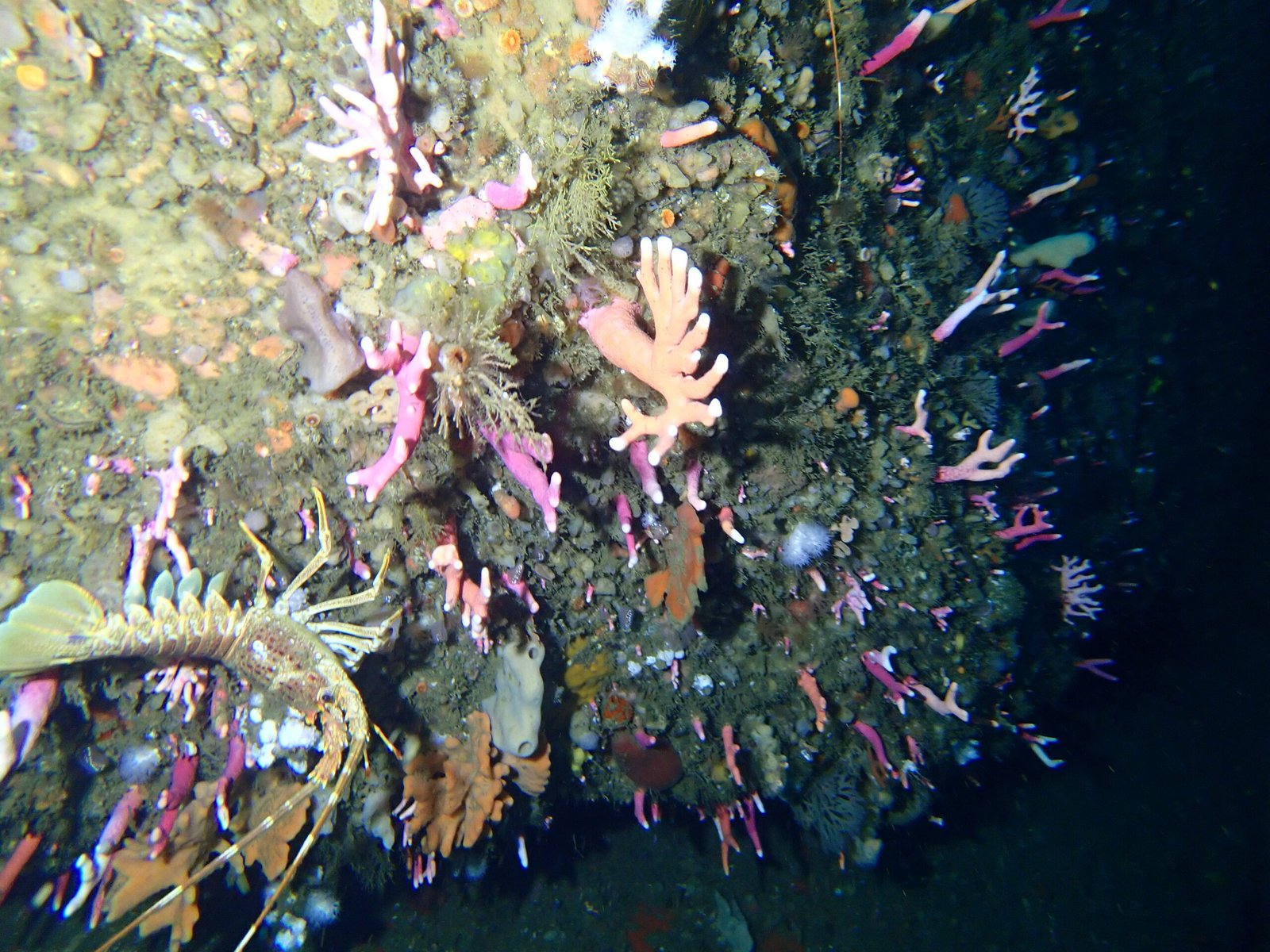
The discovery of the deepest coral reef isn’t just a scientific curiosity—it has real-world importance. Deep reefs may act as “insurance policies” for their shallow cousins, providing a safe haven for species during environmental crises. They also offer a glimpse into how reefs might respond to climate change, as their cooler, more stable conditions could help certain corals survive. Protecting these reefs means protecting the future of coral ecosystems as a whole, ensuring that their beauty and biodiversity endure for generations.
Threats Lurking in the Depths
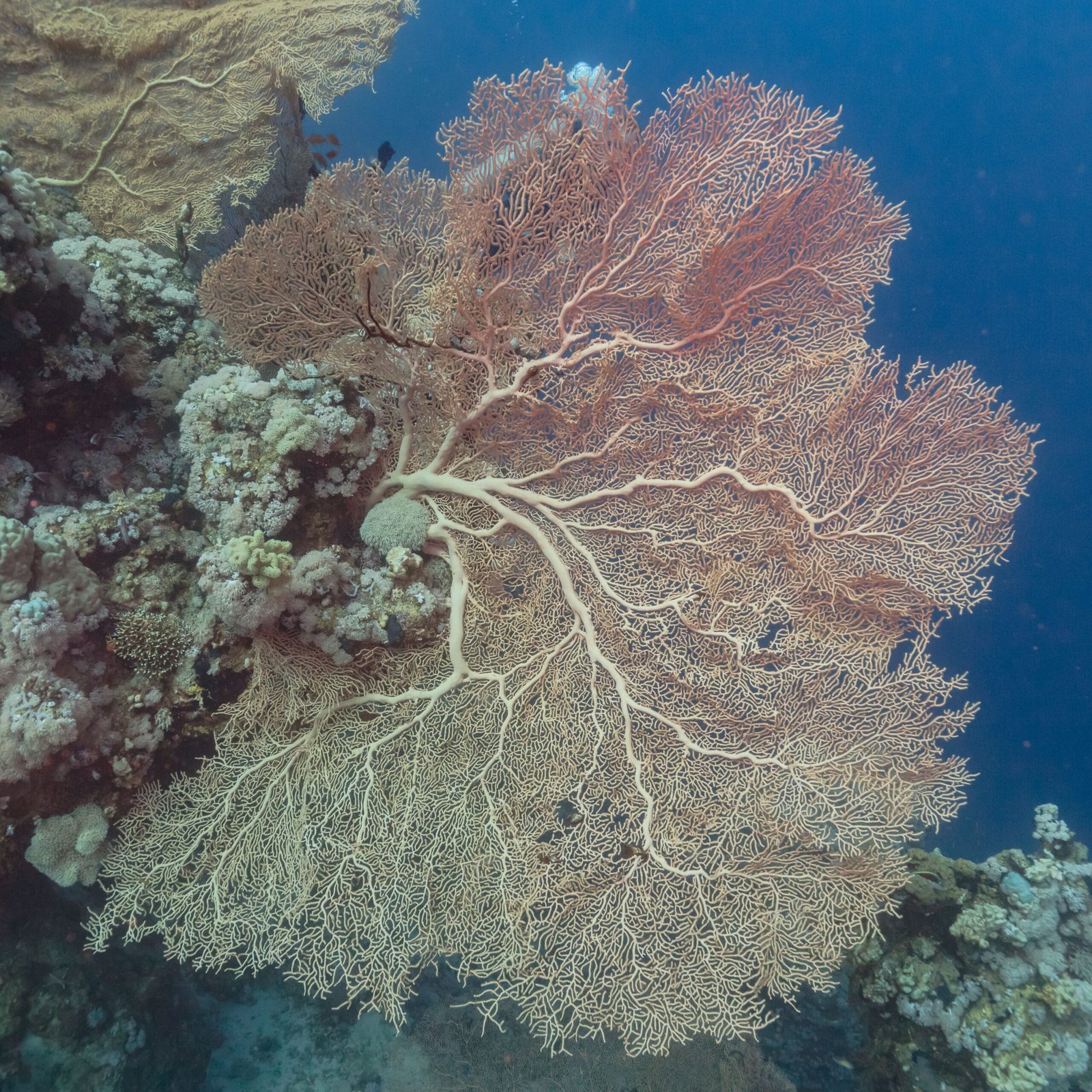
Even in their remote location, deep coral reefs are not immune to danger. Climate change, deep-sea trawling, and pollution can all reach these hidden worlds. Warming waters may disrupt delicate balances, while plastic and chemical pollutants can drift down from the surface. The slow growth of deep corals makes recovery from damage especially difficult. Scientists warn that without careful protection, these remarkable ecosystems could vanish before we fully understand them.
The Future of Deep Reef Exploration
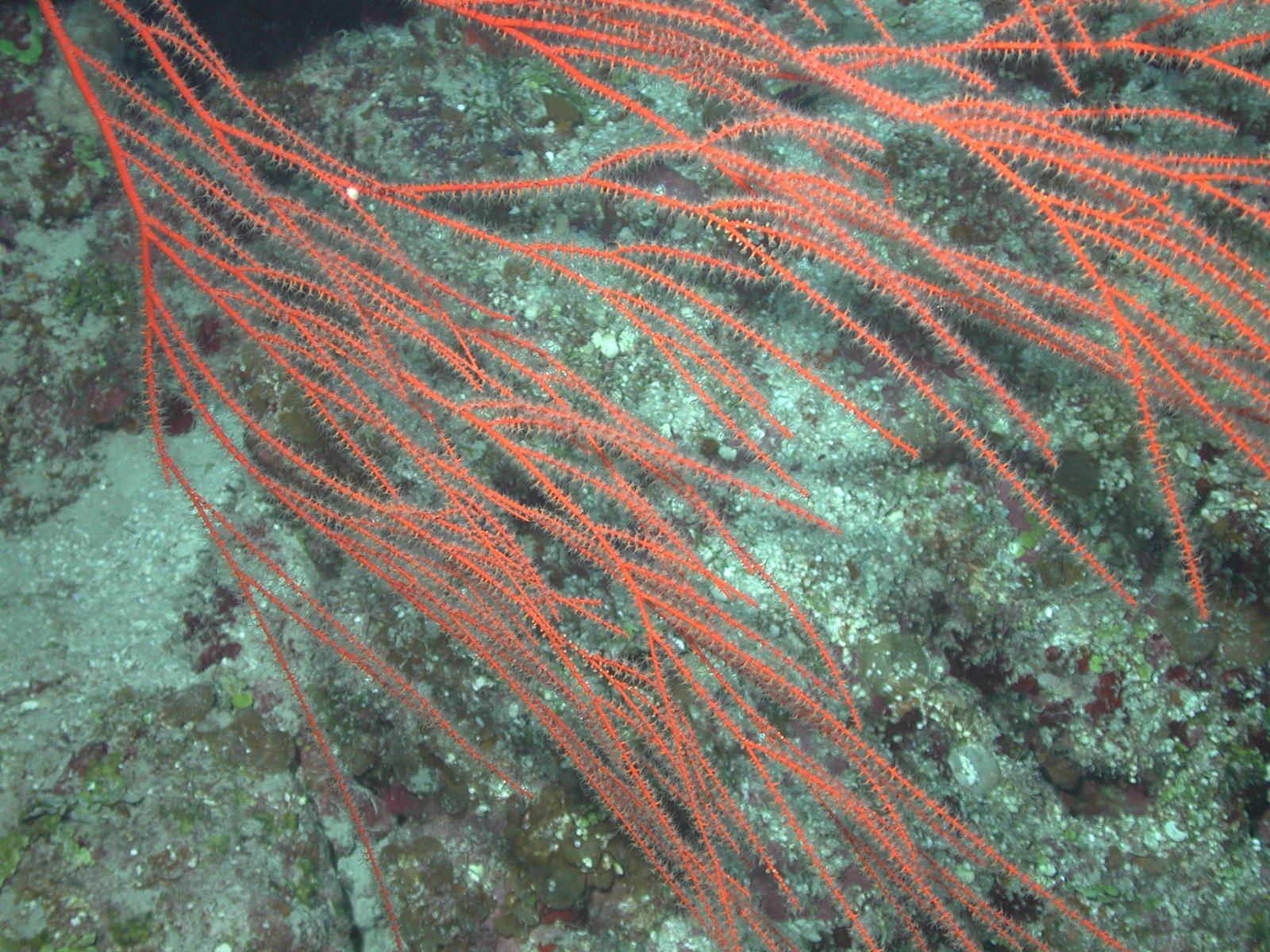
With each new discovery, the mystery of deep coral reefs grows. Technologies are advancing rapidly, making it possible to explore even greater depths and document life in ways never before possible. International collaborations are forming, as scientists realize the urgent need to protect and study these fragile environments. The next decade promises more surprises, new species, and perhaps even deeper reefs waiting to be found. The journey into the ocean’s depths has only just begun.
Reflections from the Deep
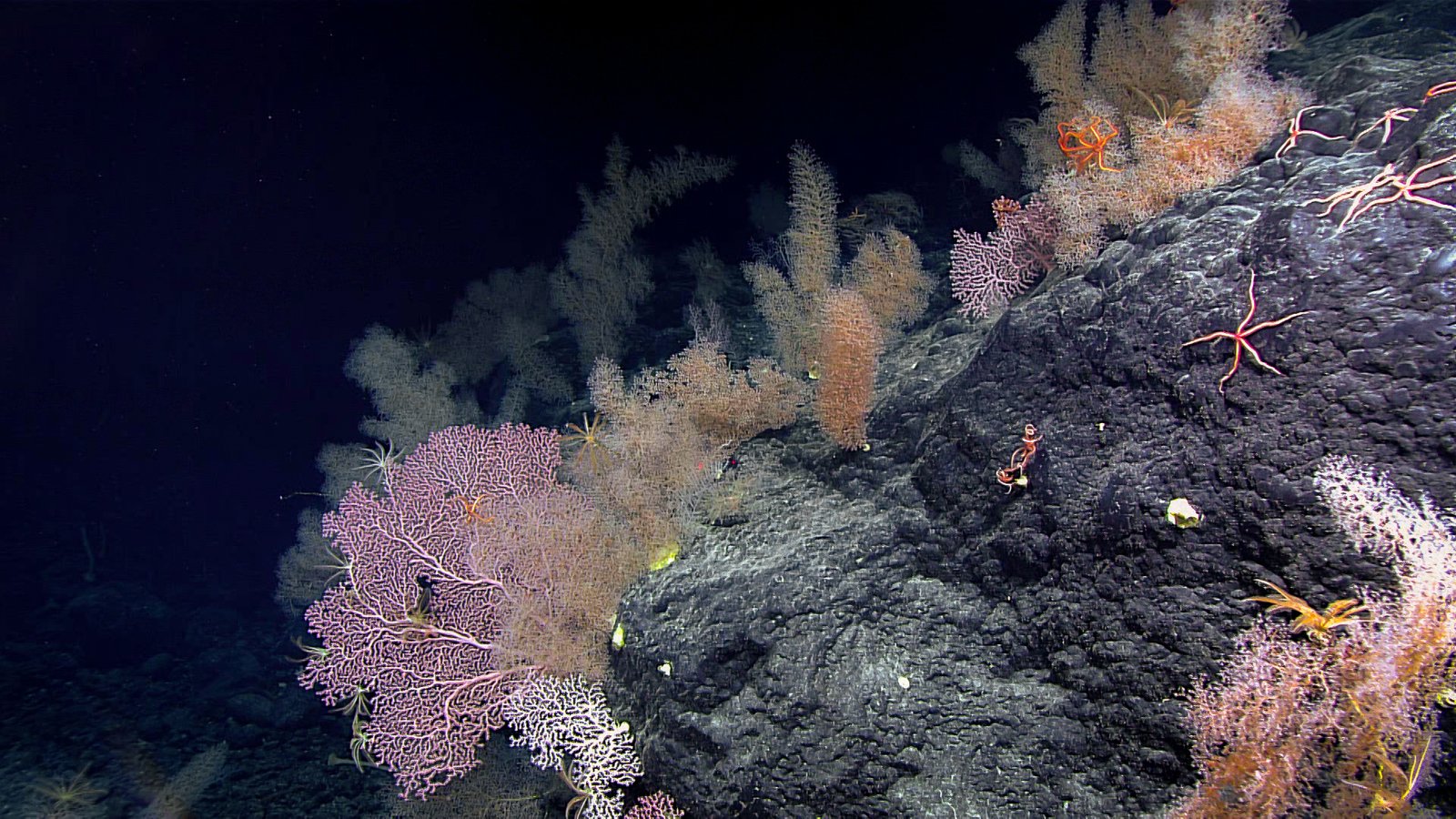
The revelation of the deepest coral reef ever discovered stirs a sense of wonder and awe. It reminds us of how much we still have to learn about our planet and how life finds a way, even in the most unlikely places. The secrets hidden in these shadowy waters challenge us to look beyond the obvious, to care for what we cannot always see, and to never stop exploring. What hidden wonders might still await us in the world’s last frontiers?




